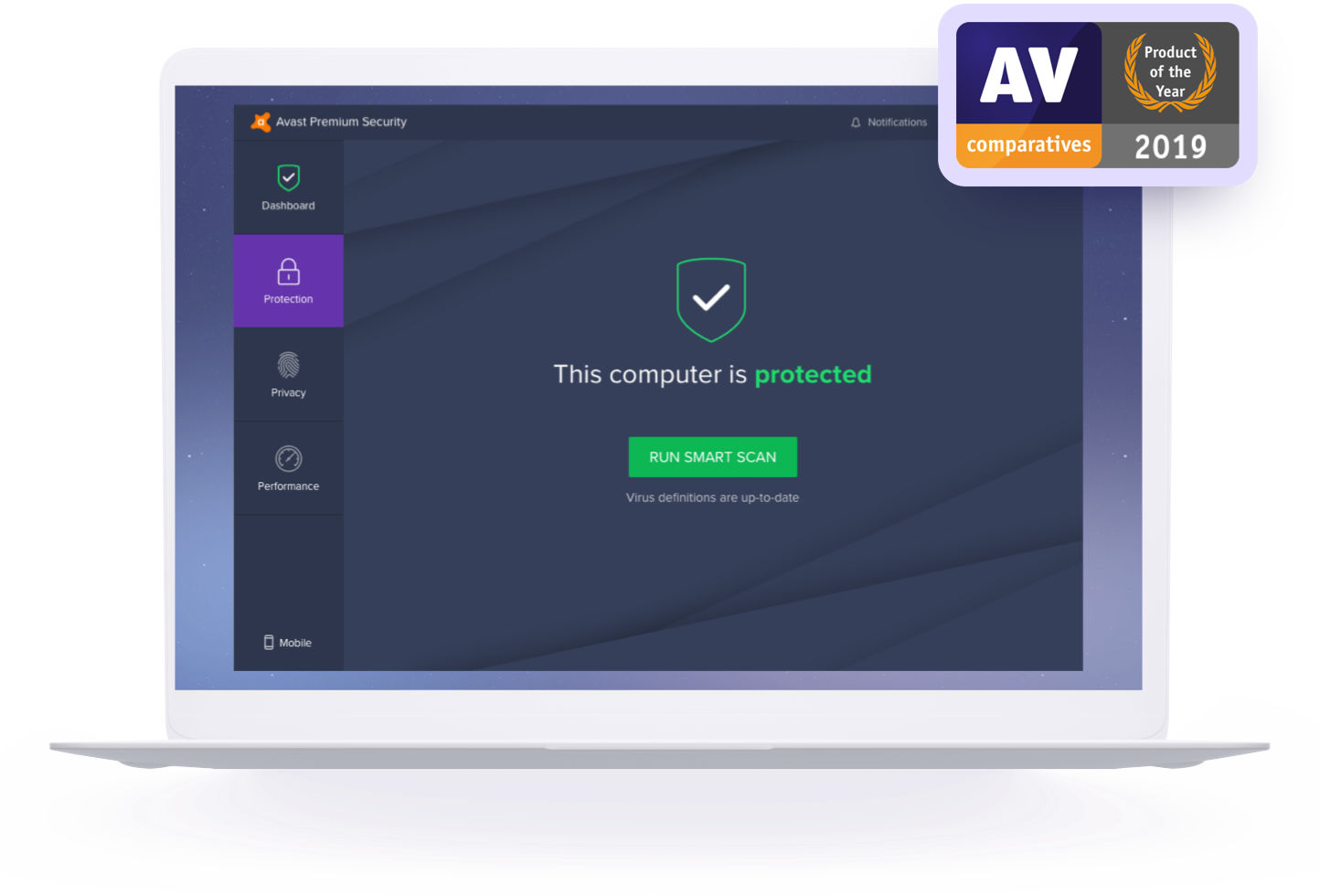

In terms of false positives, the record is excellent: only 1 false alert at AV Comparatives, while AV Test detects none, on all tested cases: scanning, installing and running software, copying files and web browsing.

Its score is quite close to BitDefender, GData and Avira. Avast Free Antivirus scores very well in all three aspects: 93.4% in offline detection, 96.3% in online detection and 99.9% in protection. In this test, AV Comparatives distinguishes between offline and online detection and online protection, because although malware may not be detected during the scan, it is still blocked by heuristics or behavioural analysis, and that is what counts in the end. In the malware protection test, Avast stands out with the highest score of Advanced+. So there is no real infection, but still a potential bad choice. Avast Free Antivirus scores 99.9% here, and the one sample that was not blocked automatically is a bit in-between: it is detected as potentially dangerous, leaving it up to the user to remove. The latter also uses "live" samples, and evaluates the number of samples blocked on 736 threats. The latest AV Comparatives tests are a little older: May 2021 for malware protection and March 2021 for the "Real world" test.

On the other hand, despite this always annoying "salesman" side, there is a robust engine, a rather successful user interface and fairly comprehensive features for a free antivirus. And we'll say it right away because the suspense is non-existent anyway: this hasn't changed at all with the latest updates of the free antivirus. a good thing that Avira has been able to considerably strengthen its free offer over the years, even if it has been criticized for its pronounced tendency to sell its Premium Security version at every level. Maybe also because somewhere along the line it was reassuring when it spoke to the user. Of the three "classic" free antivirus products, of which there are really only two left since the merger between Avast and AVG, it has always been the most popular with the general public, perhaps because it was the simplest and most affordable, while Avira was more popular with the more technophile and experienced. It would almost be interesting to evaluate the percentage of Avast users who use it after installing it during a family visit. It's always there, and almost in spite of itself, by virtue of being installed on all the PCs of relatives who needed antivirus software, when said relatives had no desire to opt for a paid solution.


 0 kommentar(er)
0 kommentar(er)
